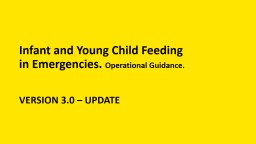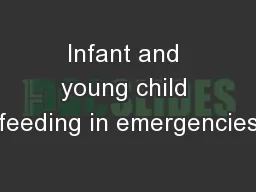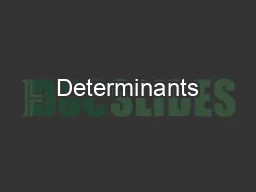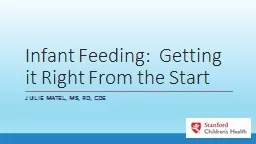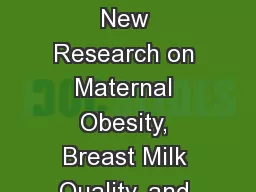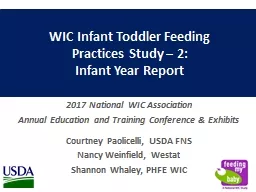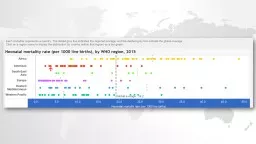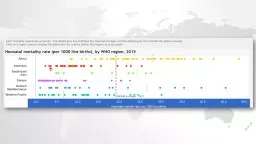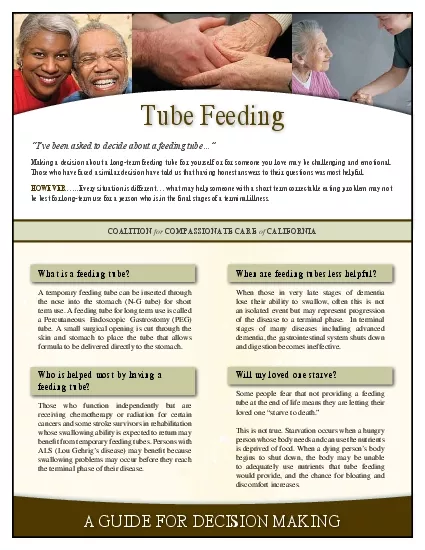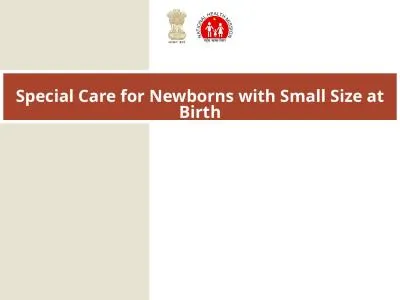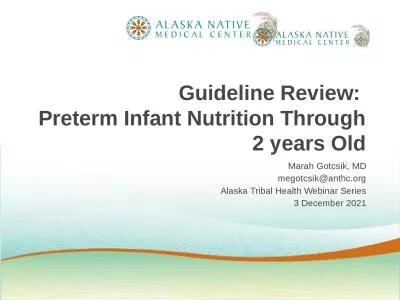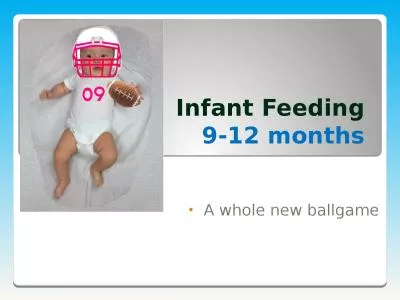PPT-Infant and Young Child Feeding
Author : mary | Published Date : 2024-02-02
in Emergencies Operational Guidance VERSION 30 UPDATE The Operational Guidance on IFE Aim To provide concise practical guidance on how to ensure appropriate
Presentation Embed Code
Download Presentation
Download Presentation The PPT/PDF document "Infant and Young Child Feeding" is the property of its rightful owner. Permission is granted to download and print the materials on this website for personal, non-commercial use only, and to display it on your personal computer provided you do not modify the materials and that you retain all copyright notices contained in the materials. By downloading content from our website, you accept the terms of this agreement.
Infant and Young Child Feeding: Transcript
Download Rules Of Document
"Infant and Young Child Feeding"The content belongs to its owner. You may download and print it for personal use, without modification, and keep all copyright notices. By downloading, you agree to these terms.
Related Documents

